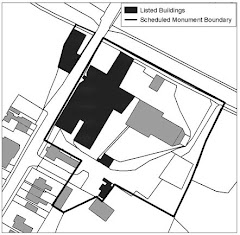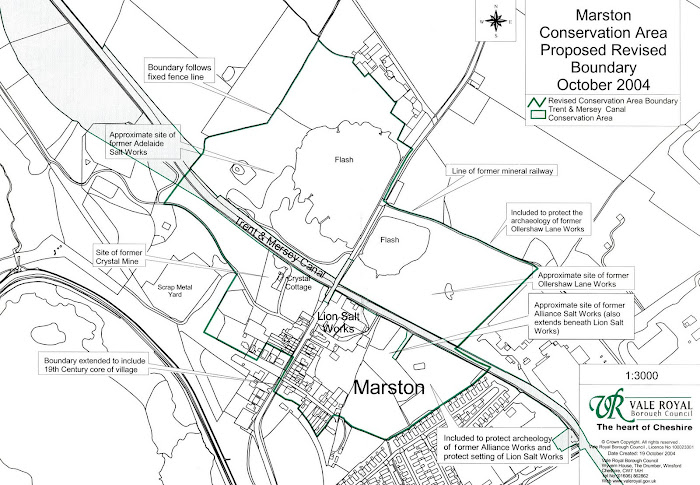
Having drafted in a hydraulic pick the base of Pan House 5 finally gave in and was broken up ready for removal. The last lorry movements carrying the debris will leave for the landfill site tomorrow.
The gable of Warehouse 1 is now being carefully dismantled with each section of brick being stored on separate pallets. T

he wall has been repaired over many years - it was part of the original works dating to 1894 but has been rebuilt and a loading doorway bricked up. Each part of its history can be read by looking carefully at the different bricks and mortar sections. The inner and outer bricks from each phase are being stacked separately so that they can be rebuilt in the full restoration phase later next year.
As the salt works expanded Henry Ingram Thompson constructed a new Pan House and Stove House along the edge of Ollershaw Lane, joining it to the earlier warehouse by cutting out a section of the roof on the south side. This image is taken from within the much larger Warehouse 3, looking north to the roof structure of Warehouse 1. The gable being dismantled is to the left, fronting Ollershaw Lane.
Further shot blasting to clean the salt pan removed from Pan House 5 took place using recycled glass pellets, so that it can be painted.

The weather is fantastic with warm autumn sunshine, excellent for getting all these final jobs completed.
A careful evaluation of the whole site was also undertaken today to identify any further pockets of contamination that might still be on site.




















